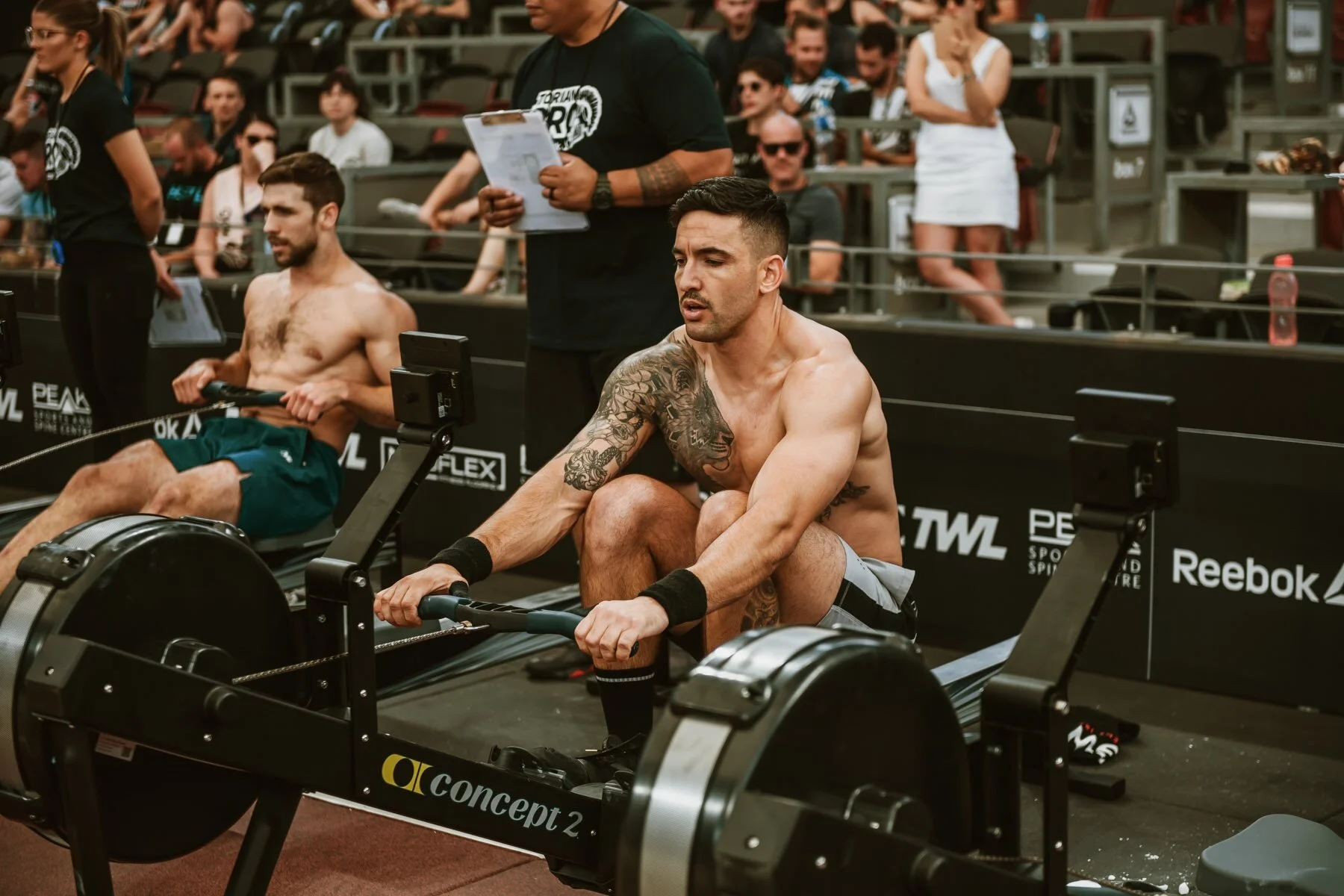If your guts are often upset during exercise, take a look at your pre-exercise meal.
For obvious reasons, discomfort can and will impact your ability to perform in sport and exercise training.
One of the most common causes of discomfort for athletes during exercise is gastrointestinal stress. [1]
If you feel 'heavy', bloated, gassy, and maybe feel like you're going to throw up, there can be a number of potential causes. It's certainly worth an audit of any foods/meals you typically consume in the hours prior to exercise. Your guts ability to deal with food is impaired during hard exercise.
In laymans terms, when you're exercising hard, the body is preoccupied with providing fuel and resources to the working muscles. Digestion isn't a big priority, so gut function is 'put to the side' and therefore becomes impaired. Your guts can't deal with much of a workload so in the hours before exercise it's a good idea to only burden it with nutrients that will actually provide fuel for the upcoming work.
Anything that isn't that, or 'fluff' that'll get in the way, should be eliminated.
Fats, fibre and solid protein-dense foods provide the gut with a pretty big burden to deal with, and if it's in an exercise-induced impaired state, it simply might not be able to deal with it.
So what can you do about it?
Reduce and even eliminate fibre, fats and solid proteins from any meals consumed in the hours prior to exercise [2].
Fibre, micronutrients and all that 'health stuff' can wait. The primary role of pre-exercise nutrition is to fuel the machine and nothing else.
It's worth mentioning that the above is only really a consideration, and cause for potential concern for athletes who have really high fueling needs, who do a lot of very hard exercise.
For more information and nutritional strategies to improve your exercise performance, we have an online community that you can access for $5 per week. In our Team FNC Online Community, you’ll have access to our video lesson library that includes athlete and exercise specific videos. You’ll also have a chance to ask questions to our team, be inspired by nearly 100 meals that have been shared and tune in to a weekly webinar.
For more information on how you can sign up to improve your knowledge and understanding of nutrition for the price of 1 coffee a week, follow this link
[1]Training the Gut for Athletes
[2] ‘I think I’m gonna hurl’: A Narrative Review of the Causes of Nausea and Vomiting in Sport




